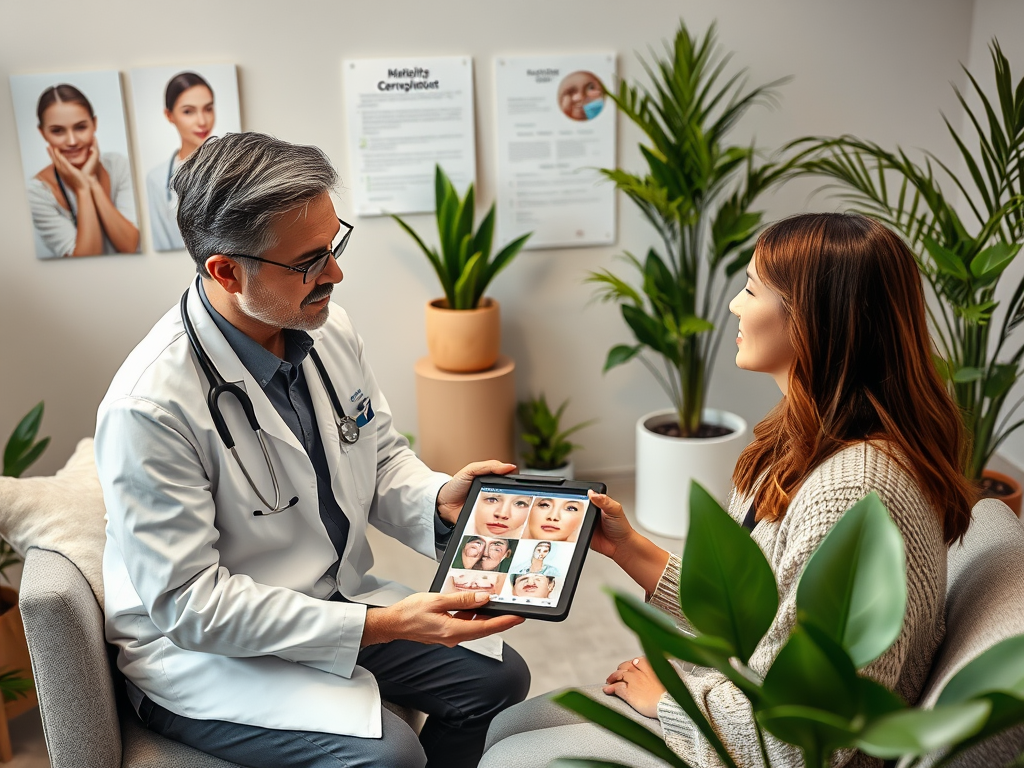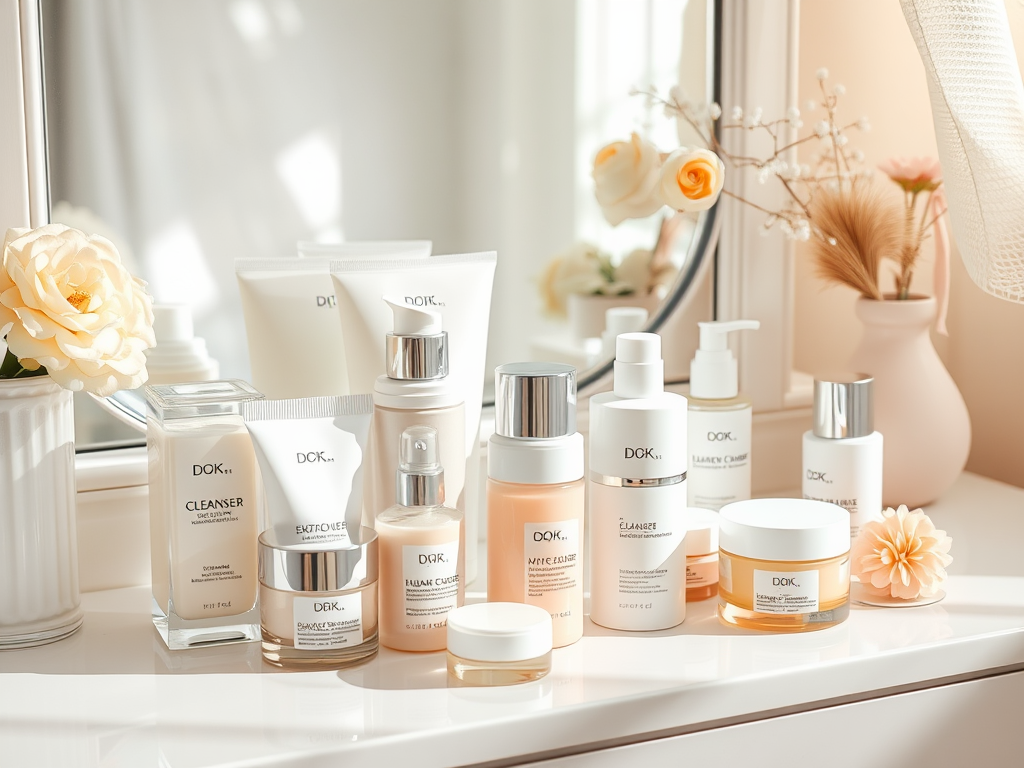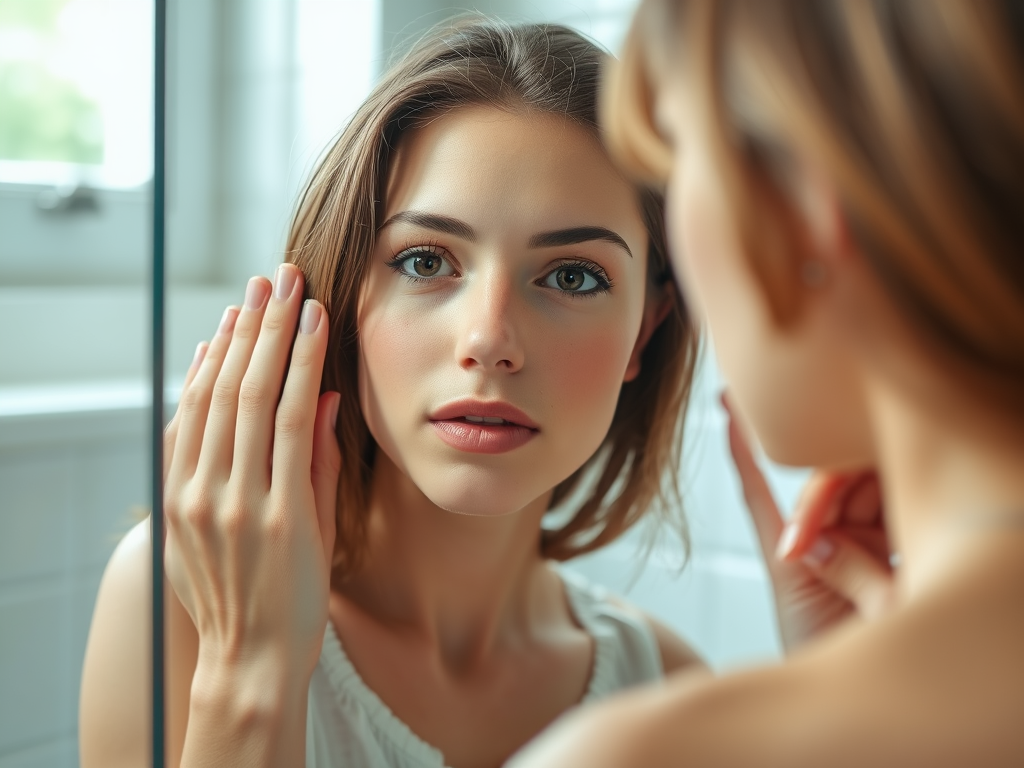Understanding the nuances of skin health can seem daunting. With a myriad of conditions affecting the skin, it’s essential to differentiate between common skin imperfections and blemishes. Most individuals will encounter at least one type of skin imperfection in their lifetime, whether it be a fleeting blemish or a chronic condition. This article aims to provide clarity on what constitutes skin imperfections, how they contrast with blemishes, and effective treatment approaches tailored for both issues. As you read on, you will discover that the right knowledge empowers you to make informed decisions about your skincare regimen.
Skincare is not one-size-fits-all; it’s a personalized journey that requires understanding your skin type and the underlying causes of its imperfections. Moreover, many people often conflate skin imperfections with blemishes, leading to confusion. Grasping the distinction between these terms can significantly improve how you approach skincare. Various products and treatments are available, and knowing the right one for your condition can be a game-changer. This guide will delve into not only the definitions but also into practical solutions.
Definition of Skin Imperfections

Skin imperfections encompass a variety of conditions that affect the skin’s texture, tone, and overall visual appeal. These issues can be attributed to several factors, including genetics, lifestyle, and environmental influences. Conditions such as acne scars, pigmentation issues, and textural irregularities all fall under this umbrella. Notably, skin imperfections can vary widely in severity and longevity. While some may be short-lived, others may require diligent care or treatment for long-lasting improvement. Understanding these different types will help demystify skincare and encourage a proactive approach to skin health.
- Pigmentation Issues: These include dark spots, melasma, and post-inflammatory hyperpigmentation that alter the skin’s color.
- Textural Irregularities: Conditions like rough patches, scars, and uneven skin tone can make the skin feel less smooth.
- Vascular Conditions: Issues such as redness from rosacea or spider veins that affect the skin’s appearance.
What Are Blemishes?

Blemishes are generally recognized as specific marks or spots that tend to emerge due to factors like acne, hormonal changes, or environmental conditions. Unlike the broader category of skin imperfections, blemishes are typically localized and often temporary. This distinction is vital because it influences the type of treatment required for resolution. Often, blemishes manifest as pimples, cysts, blackheads, or other acne-related spots, each prompting different responses in treatment. By understanding blemishes, you can tailor your skincare practices to target these issues effectively.
- Acne: This includes various forms like pimples, cysts, and blackheads, often caused by excess oil and bacteria.
- Pustules and Papules: These are inflamed lesions that can be painful and often require specific treatments.
- Post-inflammatory Hyperpigmentation: Dark spots that appear after blemishes heal, necessitating diligent skincare or treatment.
Differentiating Skin Imperfections from Blemishes
While there is an overlap between skin imperfections and blemishes, recognizing their differences is crucial in skincare management. Blemishes are usually temporary and can often improve on their own with basic care. In contrast, skin imperfections may persist over a longer duration and can require more specialized treatment. The origins of these conditions also differ: blemishes generally stem from breakout activity, while imperfections such as scars or pigmentation changes can be long-lasting consequences of past skin issues. Thus, understanding these characteristics is essential for effective treatment planning.
| Feature | Blemishes | Skin Imperfections |
|---|---|---|
| Duration | Usually temporary | Can be chronic |
| Origins | Acne or infection | Scarring, pigmentation, or vascular issues |
| Appearance | Localized spots | Wider skin areas |
Treatment Options for Skin Imperfections and Blemishes
Once you understand the differences between skin imperfections and blemishes, identifying the appropriate treatment becomes easier. For both conditions, a well-established skincare routine plays a critical role. Basic practices such as cleansing, exfoliation, and moisturizing are fundamental but should be tailored according to your specific needs. Regular cleansing can help minimize dirt and oil build-up that leads to blemishes, while exfoliation works wonders for managing uneven skin texture.
Skincare Routines for Improvement
- Cleansing: Choose a gentle cleanser suitable for your skin type, cleansing twice daily to prevent clogged pores.
- Exfoliation: Incorporate chemical or physical exfoliants 1-2 times a week to promote cell turnover.
- Moisturizing: Utilizing a suitable moisturizer aids in hydration and can help minimize the appearance of scars.
Professional Treatments
For persistent imperfections, professional treatments may be necessary to achieve desired results. Options like chemical peels and microdermabrasion target textural irregularities effectively. For pigmentation issues, various laser treatments can significantly reduce dark spots and even out skin tone. Prescription medications may also be necessary for severe cases of blemishes that do not respond to standard over-the-counter solutions.
Conclusion
Recognizing the distinctions between skin imperfections and blemishes is vital for properly addressing these issues. A personalized skincare routine is an indispensable part of managing your skin condition. Understanding the different types of imperfections and the nature of blemishes enables individuals to choose the right treatment approaches. When in doubt, don’t hesitate to reach out to a dermatologist who can offer tailored advice. Healthy skin leads not just to improved appearance, but boosts self-esteem and confidence as well.
Frequently Asked Questions
- What is the difference between skin blemishes and imperfections? Skin blemishes are specific spots caused by acne or hormonal changes, while skin imperfections encompass a broader range of conditions affecting skin texture, color, and overall appearance.
- Can skin imperfections be treated at home? Yes, many skin imperfections can be managed with a consistent skincare routine that includes cleansing, exfoliation, and moisturizing.
- When should I see a dermatologist regarding my skin issues? If your blemishes or skin imperfections are persistent, worsening, or affecting your self-esteem, it’s advisable to consult a dermatologist for professional advice.
- Are there any over-the-counter treatments for blemishes? Yes, many over-the-counter treatments, such as benzoyl peroxide and salicylic acid, can help reduce blemishes.
- Is it possible for blemishes to turn into skin imperfections? Yes, if not treated properly, persistent blemishes can lead to scarring or discoloration, which are considered skin imperfections.



